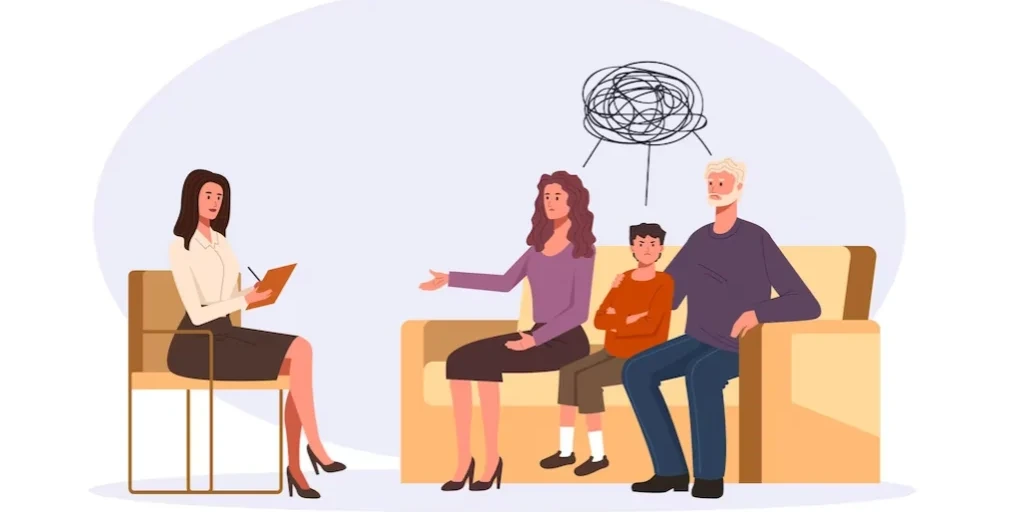24/7 Helpline:
(866) 899-111424/7 Helpline:
(866) 899-1114
Learn more about Stimulant Detox centers in Big Spring
Stimulant Detox in Other Cities

Other Insurance Options

State Farm

Magellan

BlueCross

Kaiser Permanente

Ceridian

PHCS Network

WellPoint

Aetna

Regence

UnitedHealth Group

Meritain

Medical Mutual of Ohio

BHS | Behavioral Health Systems

Covered California

Excellus

Private insurance

Group Health Incorporated

MVP Healthcare

Ambetter

WellCare Health Plans

Permian Basin Treatment Center
Permian Basin Treatment Center is a private rehab located in Big Spring, Texas. Permian Basin Treatm...

AA – Alcoholics Anonymous
AA – Alcoholics Anonymous is a non-profit rehab located in Big Spring, Texas. AA – Alcoholics Anonym...


























